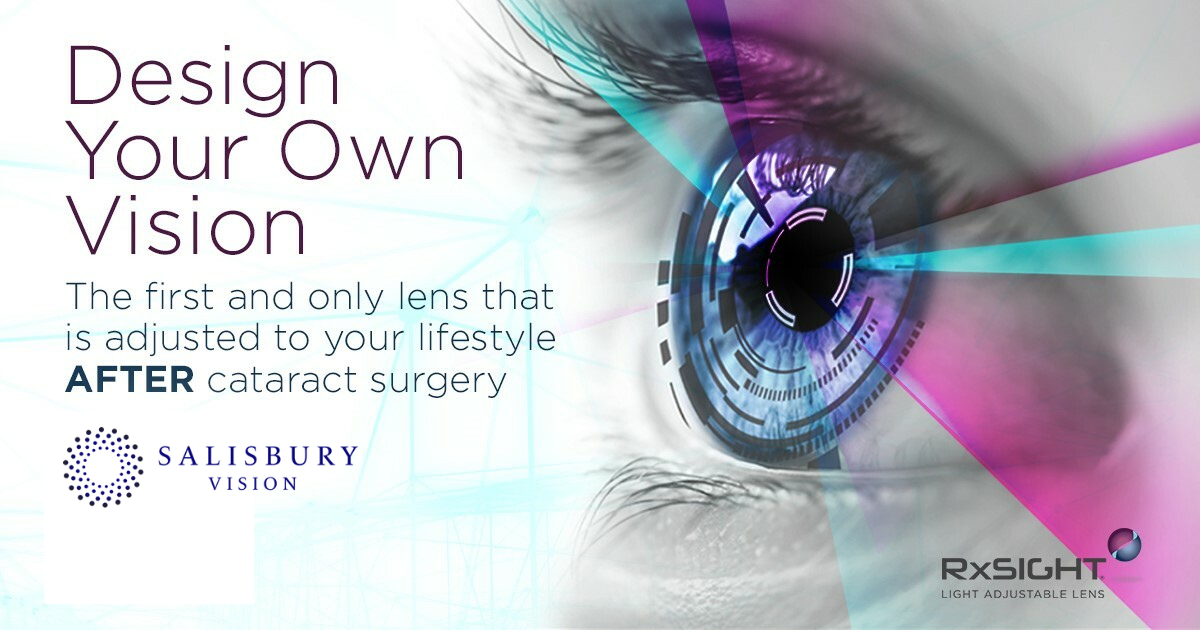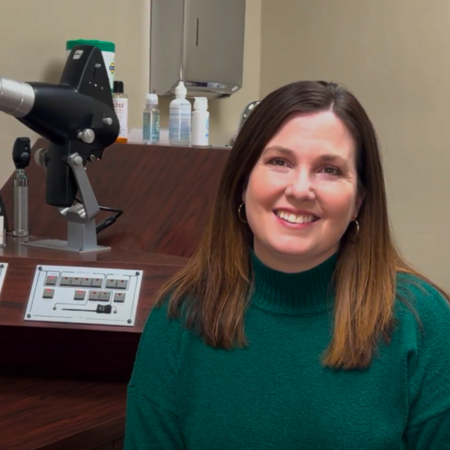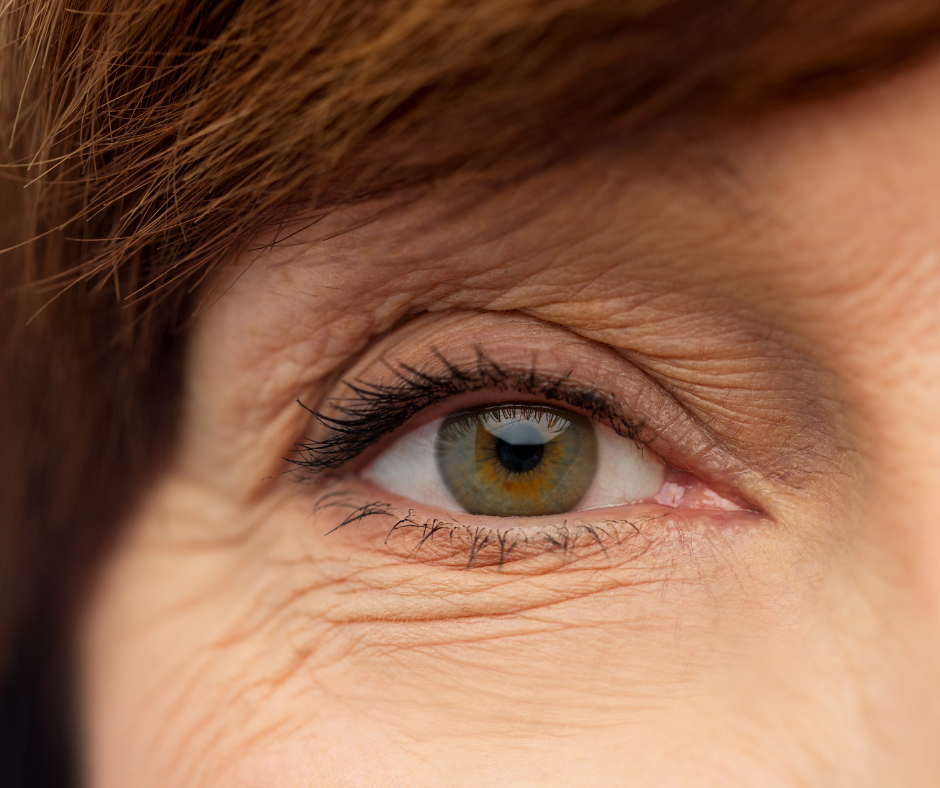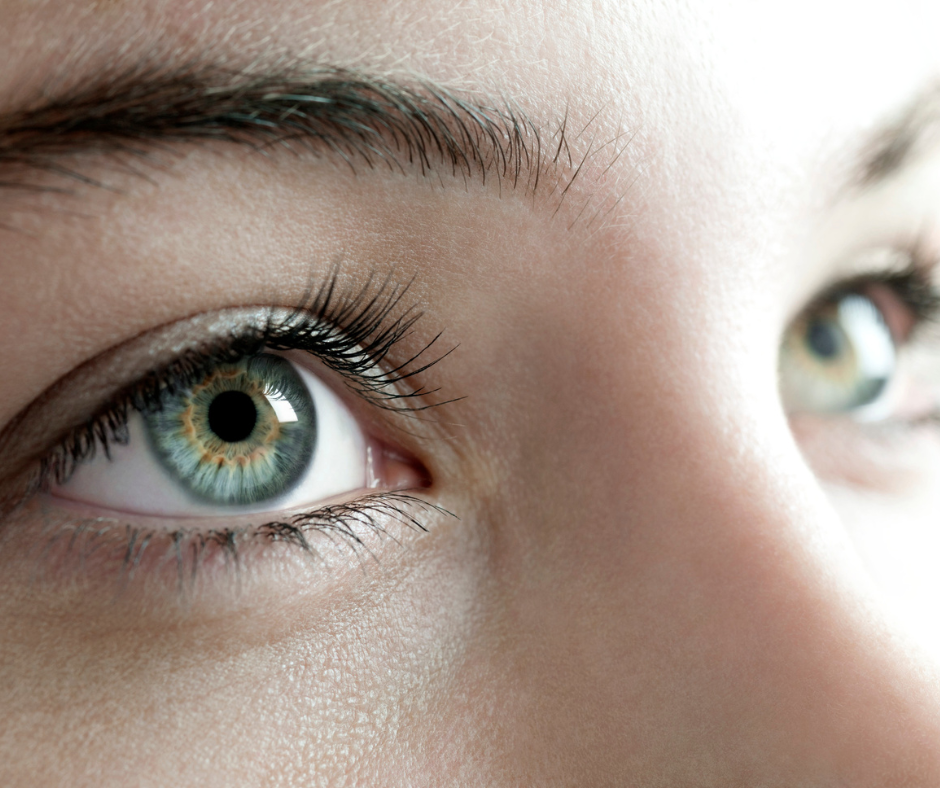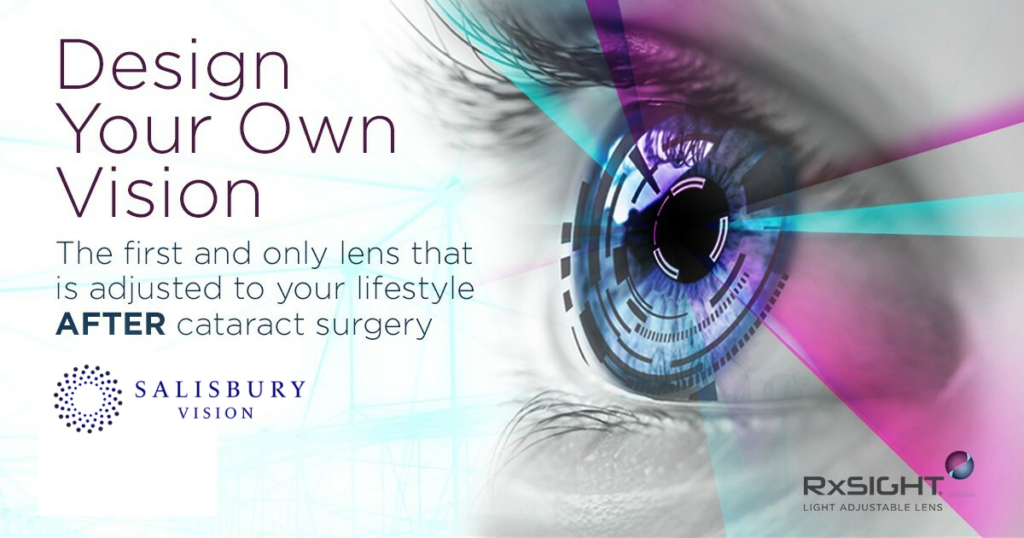
The Light Adjustable Lens (LAL)
Cataracts are an eye condition that affect a large number of people across the world. Generally, cataracts occur later in life, but they can impact a small number of young people as well. The only way to correct vision is through surgery, but it can be difficult to predict how the eye will heal after surgery. Now, through the Light Adjustable Lens (LAL), the surgical lens implant can be adjusted post-surgery in order to help patients maximize their vision without the need for glasses or contacts.
“I am excited to be the first practice along the Gulf Coast to offer this as an option to our patients,” Dr. Drew Salisbury said. “It is the only intraocular lens (IOL) option that is adjustable after it has already been implanted into the eye, making your vision totally customizable. It is also highly advantageous in patients who have undergone previous refractive surgery such as LASIK, PRK or RK.”
The Light Adjustable Lens (LAL):
The LAL is made of a special photo-sensitive material that allows the lens to be adjusted in response to UV light. After the cataract surgery, the LAL works just like a traditional or fixed IOL until your eye heals. Then, a vision exam will be performed by your doctor. With those results, the LAL can be adjusted with a light treatment in order to eliminate any remaining prescription. It can also be adjusted to improve your reading vision depending on your lifestyle preferences.
“Light Treatments,” which involve using UV light to adjust the LAL, last around 90 seconds. Usually, between two and four treatments are needed, each separated by at least 3 days, resulting in a vision goal that you and your eye doctor reach together based on your current prescription and vision exam results. You get to “test drive” your vision and can change it depending on your preferences. Once you are happy with your customized vision, then the IOL is “locked in” so that it will not change in the future.
What are cataracts?
A cataract occurs when the eye’s natural lens becomes thickened, less transparent and rigid. Over time, cataracts can cause vision to worsen and may eventually cause blindness. Cataracts are one of the leading causes of vision impairment, and the only way to correct them is through cataract surgery.
How does cataract surgery work?
At your cataract consultation visit, your eye doctor will take pictures of your eye which measures the size and shape of your eye. This helps them to determine the best type of lens implant for your vision. The surgery itself takes about 10-20 minutes to perform under light sedation. Topical anesthetic eye drops will be administered to numb the eye. Afterward, your vision should improve over the course of a few days and the recovery is typically painless.
There are two main types of cataract surgery: traditional and refractive. Traditional cataract surgery involves removing the natural cataract lens and replacing it with a standard intraocular lens implant (IOL). This will result in clearer vision, but patients who elect to have a traditional IOL will still require prescription bifocal glasses to see their best. The other type of cataract surgery is refractive cataract surgery. This results in clearer vision without the need for corrective glasses or contacts.
Refractive cataract surgery produces fantastic results but sometimes these results are unpredictable, especially for patients who have previously undergone refractive eye surgeries such as LASIK, PRK or RK. In these patients, it is much more difficult to accurately predict how your vision will end up after the surgery. Once a traditional IOL has been placed in the eye, it is fixed and cannot be adjusted. The Light Adjustable Lens (LAL) is a new advancement in cataract surgery technology that allows your eye doctor to adjust your lens after the surgery with simple, painless light treatments to maximize your vision needs and reduce your dependence on glasses. A study of 600 subjects has shown that cataract surgery patients with the LAL are 2X more likely to achieve 20/20 vision without glasses.
Salisbury Vision:
At Salisbury Vision, you can trust Dr. Drew Salisbury to treat you like family. He is a cornea and refractive specialist who performs cataract surgery, LASIK, PRK, ICL, corneal transplants including PKP, DSAEK, DMEK, and DALK, and minimally invasive glaucoma surgery. He also performs iLink cross-linking procedure, which is currently the only FDA-approved treatment for progressive keratoconus.
So, if you want to see the bright future ahead of you, schedule an appointment today!

